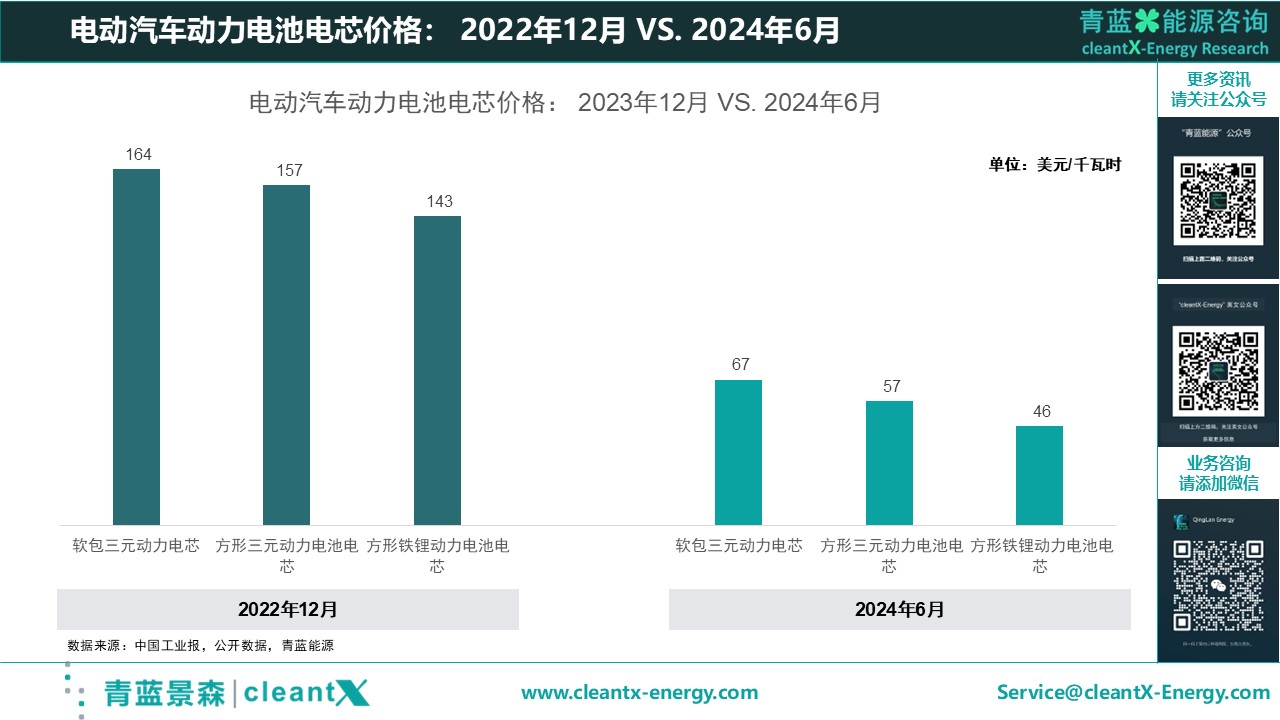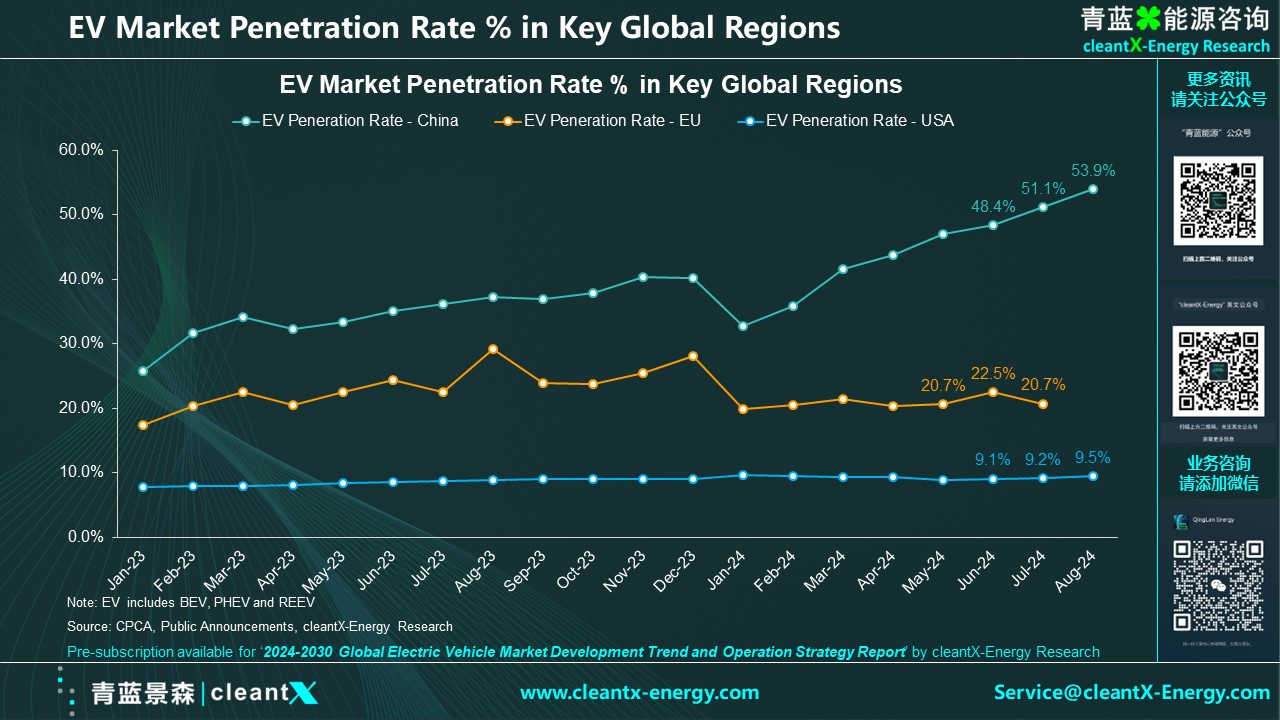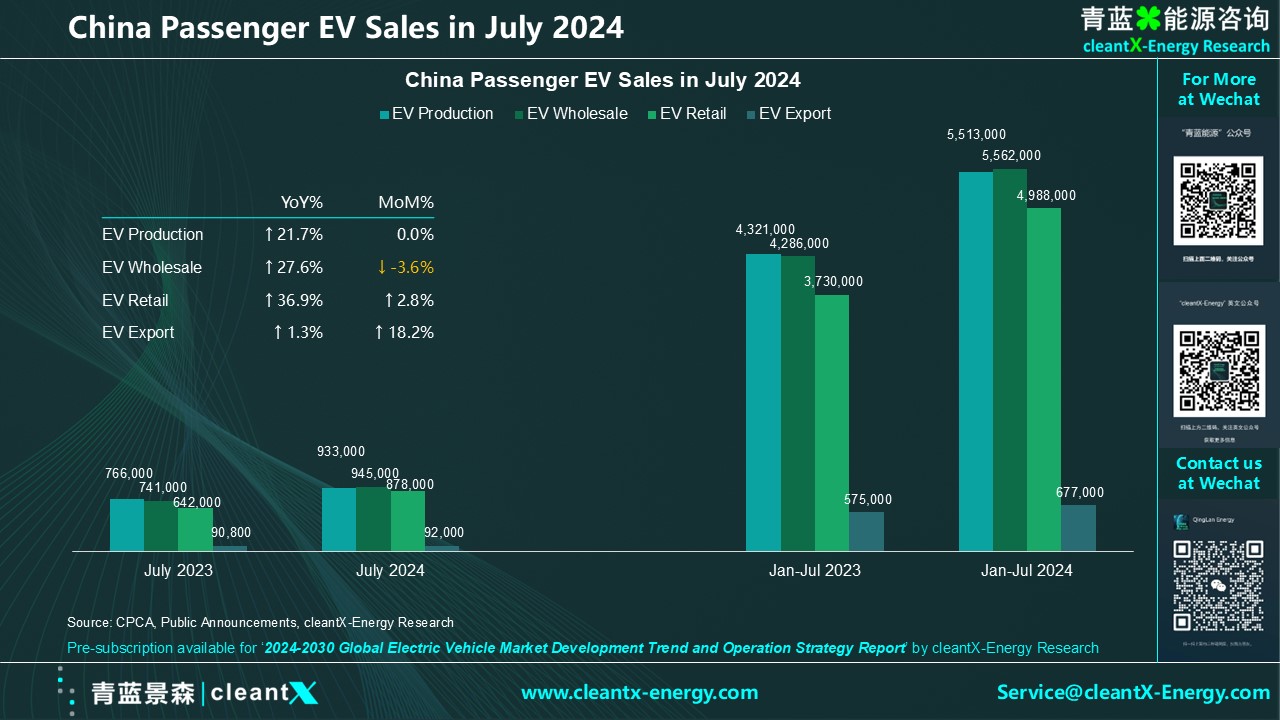"Embracing new marketing strategies is essential; all our general managers, deputy general managers, and sales general managers must have a personal brand," a senior executive at an automotive company recently stated in a work summary speech.
As the electric vehicle industry becomes increasingly competitive, automotive entrepreneurs are becoming an "internet celebrity" to gain more interenet traffic. In addition to leaders of automaker start-ups such as NETA Auto, Xiaomi, NIO, XPENG, IM, NETA and Huawei, who have conducted online or outdoor live broadcasts, even traditionally low-key chairmen from established automakers like Chery's Yin Tongyue, Great Wall's Wei Jianjun, Geely's Li Shufu, are gradually changing their public personas to join live broadcasts as "Key Opinion Leaders (KOLs)", replacing the traditional brand endorsement model. The OEM bosses and executives who have joined the ranks of live broadcasting and short video platforms have become a new generation of internet celebrities and traffic magnates. What are automotive public relations professionals experiencing amidst the prevalence of live broadcasting?
A recent report from China Automotive News described how automotive public relations professionals are constantly on the go to support their bosses in live broadcasting. "The boss's command is irresistible; we can only face it head-on."
According to a public relations professional from an automotive company, the entire PR team faced countless difficulties and challenges in preparing for the boss's live broadcast. Firstly, they need to start preparing a month in advance, determining the theme, content, and format of the live broadcast, inviting guests, preparing gifts, and setting up the live studio. Every aspect requires meticulous planning and execution, with no room for error. Inviting guests is a particularly challenging issue, as it involves contacting influential and well-known individuals who are also extremely busy. It requires constant phone calls, emails, and visits to persuade them to participate.
Secondly, setting up the live studio is also a significant issue, requiring the selection of an appropriate venue, the construction of a professional live studio, and the provision of various equipment and props. This requires a lot of time and energy to coordinate and arrange, with no room for oversight.
On the day of the live broadcast, in addition to ensuring the smooth progress of the broadcast without any technical issues or unexpected situations, they must also pay attention to the audience feedback in the live studio, respond to their questions and suggestions in a timely manner, and coordinate with the boss's pace and requirements to ensure the quality of the live broadcast.
After the live broadcast, the team still needs to summarize and analyze the broadcast, organize the data and feedback, and report to the boss on the effectiveness and outcomes of the broadcast.
However, live broadcasting is not a one-time event. "I thought the boss was just having a whim, but I didn't expect the boss to get addicted," said an automotive public relations professional, who had to embark on a new journey of serving the boss's live broadcasting battles.
Being busy is not the only difficulty; reality often differs from expectations, leading the public relations team to have to remedy unexpected situations during the boss's live broadcasting: "The boss often deviates from the script, and we are busy putting out fires."
A certain automotive boss became fascinated with live broadcasting and short videos, thinking it was a good opportunity to enhance brand image and expand the market. However, unexpected incidents always occur unexpectedly.
When the entire team excitedly prepares every detail of the boss's live broadcast and eagerly looks forward to the boss demonstrating wise leadership and a deep understanding of the product to attract countless fans and bring huge exposure to the brand, an accident happens. Once the boss goes live, it's as if he becomes a different person. He completely deviates from the established script and talks randomly. One moment he boasts about his company's industry-leading technology; the next, he makes inappropriate comments about competitors, with such intense words that people worry.
Every time the boss "let’s go" during the live broadcast, the public relations team must embark on a tough "firefighting" operation.
After the live broadcast, the public relations team immediately enters an emergency state. First, they must deal with the wave of doubt on social media. Netizens leave messages expressing skepticism and dissatisfaction with the boss's remarks, and the public relations team must quickly organize personnel to respond and explain in the comments, trying to salvage the situation.
To quell media skepticism, the public relations team also has to spend a lot of time and energy communicating and explaining with relevant media.
Even if the boss communicates well with the public relations team and promises to convey the brand's core values according to the live broadcast script, he still "loses control" once he goes live. Each of the boss's live broadcasts feels like an unknown adventure, with the public relations team on high alert, always ready to "put out fires" after the boss freely expresses himself. "Sometimes, I really feel like a firefighter, rushing to put out fires wherever they are."
No difficulty compares to the internal friction caused by live broadcasting.
To keep up with the trend, it seems that every automaker feels that their executives must enter the live studio. However, not all automotive executives are suitable for live broadcasting. Some executives only focus on the technical details of the car products during the live broadcast but speak awkwardly, making it confusing for the audience. In addition, the competition among executives for live broadcast traffic data leads to various departments of the automaker being busy with live broadcasting, disrupting the normal work schedules.
The R&D department is asked to showcase more new technologies during the live broadcast, but in reality, these technologies are not yet mature; the sales department has to introduce various preferential policies to cooperate with the live broadcast, ignoring the actual market situation. Automakers have to consume their energy and resources in a meaningless data competition. Whether all departments of an automaker are really suitable for brand marketing through blindly following the trend of live broadcasting has become a question among the automakers.
Finally, resource mismatches have also become a problem.
Some automakers simply do not have enough time and budget to organize a truly professional live broadcasting team, and can only temporarily transfer personnel from various departments to form a team, resulting in poor coordination during the live broadcast process, and the video content is dull, unable to attract the audience during the live broadcast, and even leading to troubles. "I hope the boss can truly recognize the importance of a professional team and give the public relations team enough time and resources to build a truly powerful live broadcasting and short video team."
However, the emergence of live broadcasting and short videos is rational and will become a new normal. In the increasingly competitive market, if automakers do not do this, they will definitely be on a path to failure. "Doing is better than not doing at all."





